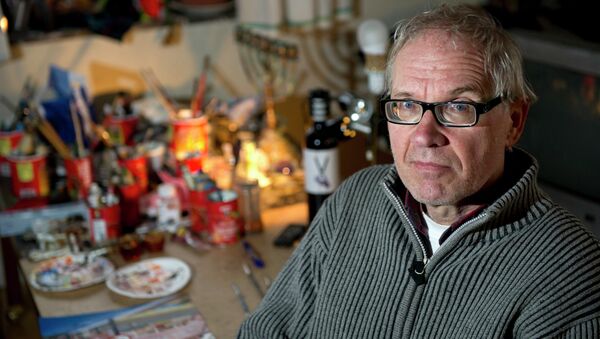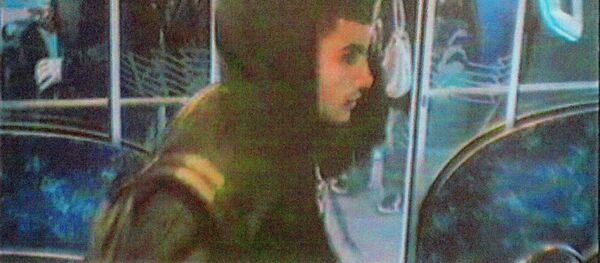“He has been in our hospitality for several years now. We are with him seven days a week. He cannot walk alone anywhere, he cannot stay in his own house, so we have responsibility for his security,” she said, commenting on media reports that Vilks was forced to go into hiding after the attack.
“We have Mr. Vilks in our protection. He cannot be at his own house for the moment, so we have to hide him in some unknown place,” she continued.
“We keep him away because there is threatening against him,” Westford added. “Generally there is a price on his head from certain groups in the world. Therefore, we think he has this threatening against him.”
She declined to provide further details citing security reasons.
Vilks sparked major international controversy in 2007 after releasing a series of drawings of the Prophet Muhammad as a roundabout dog, a form of Swedish street installation.
One of the drawings was published by a local newspaper in protest to art galleries' refusal to show the caricatures, sparking international protests among Muslims.
Several alleged assassination plots against the artist have been uncovered following the controversy. In 2010, Vilks was attacked during a free speech lecture at a Swedish university, though he did not suffer serious injuries. The same year, his house was set on fire.
On Saturday, a gunman opened fire at a free speech seminar in a Copenhagen cafe, attended by Vilks. Local media soon pointed out the artist as the probable target of the attack. A man attending the seminar was killed in the shooting. Vilks himself did not sustain any injuries.
Hours later, a shooting near a Copenhagen synagogue resulted in the death of another civilian. Several police officers were wounded in the attacks. The suspected gunman, identified as 22-year-old Omar Abdel Hamid El-Hussein, was fatally shot by police early Sunday.






